
21 Best Patio Design Ideas to Transform Backyard and Outdoor
A well-designed patio is the heart of your outdoor living area, blending comfort, style, and functionality. Whether you have a small urban yard or a sprawling backyard, the right patio
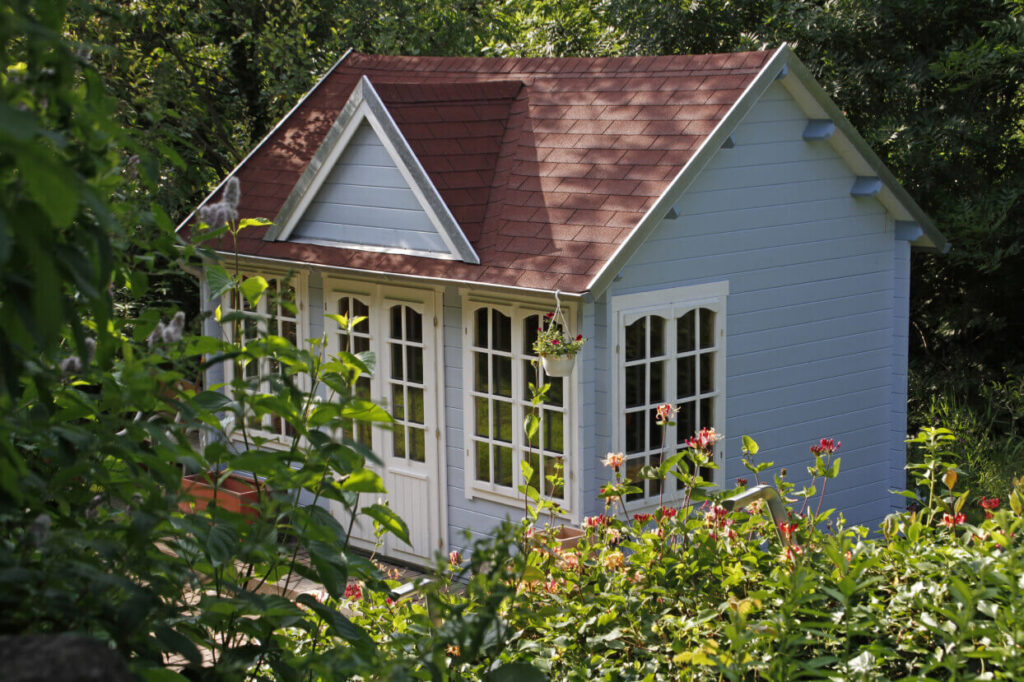

Contributing Writer | Architecture & Design Writer
Sheds can be a great solution if you lack storage space, want to create a home office or a nice place for your children to play. But you have to take into consideration local building and zoning codes, as well as homeowners association rules, if you are a part of the HOA community.
We’ll explain everything you need to know so you can start your shed construction right away.
Table of Contents
Toggle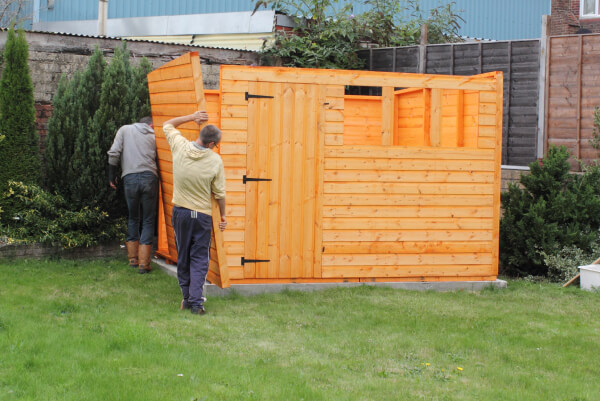
One of the most common questions when it comes to building a shed is “Can I build a shed without a permit?”. The answer is, it depends. Let’s explain all factors that will determine if you need building permit for a shed or not.
Factors that will determine if you need a permit for your shed are:
Let’s explain each of them.
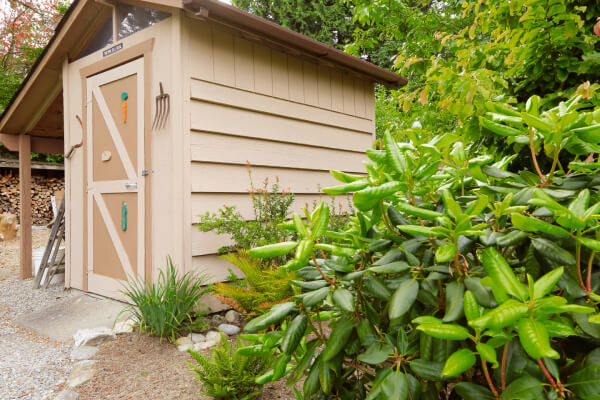
In most areas the size of the shed will dictate if you need a permit for it. The size of the shed can be in regards to:
If your storage shed has smaller dimensions, like 6’x8’ or 8’x8’, generally, you won’t need a permit for it.
You should know that in some areas larger sheds, for example 16’x24’, are completely forbidden. The best way to find out is to check with your local government what is the allowed footprint (percentage of land covered by a structure).
The location of your shed is one of the main factors that will dictate if you need a permit. For example, you might want to build a new shed against your fence, but in most areas that is prohibited. Usually sheds can’t be attached to or close to following:
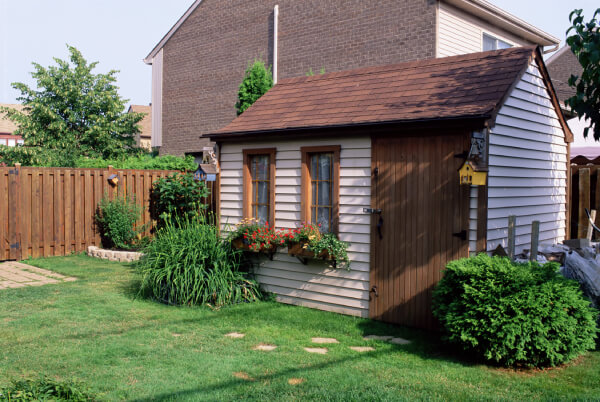
The intended use of the shed is very important when it comes to permits. If you are planning to build a gardening shed, or you just want some extra storage space, you probably won’t need a permit for it.
But if you are in any way extending your living space, then a permit to build a shed is going to be required. So, if you are planning to use your shed as an office, guest room, or small business you will need to get a building permit.
If you are planning to use your shed for business purposes, there is a high possibility that you will also need a zoning permit. In extreme cases, you will have to challenge local zoning restrictions.
When it comes to building codes, they are different in every county, city and state. But they are all based on International Building Code (IBC).
In IBC it is stated that homeowners have the right to build one detached structure that is going to be used as a tool shed, storage shed or a gardening shed. You don’t need to get a permit to build if it is smaller than 120 square feet (However, even small sheds come with costs—if you’re planning or budgeting one, read our comprehensive guide on Cost to Build a Shed).
Consider that local amendments, local codes and laws are stricter than IBC. In some places the structure cannot exceed 60 square feet.
As with any change you make to your yard and your property, you should familiarize yourself with your HOA rules and regulations. This, of course, only applies to those who live in an HOA community.
It is especially important to check your homeowners associations guidelines for specific aesthetic rules, size and location (distance from the property lines etc.). In many homeowners association bylaws it is stated that sheds can’t cover more than 1% of the lot.
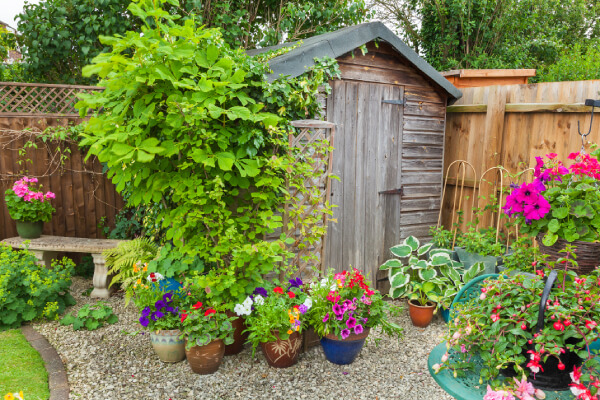
Setbacks determine minimal distance between a certain structure and other nearby structures, property lines, streets or natural features. They vary from city to city. Setbacks range from 10 feet to 100 feet or more when it comes to wetlands (usually because of the drainage patterns).
In many places, building a shed so close to the fence (like shown in the picture above), would be against local codes.
Your local zoning department will have this information, so make sure to contact them before you decide on the location of your shed.
If you live in an area that is prone to severe weather and extremely cold weather, there may be certain codes that you will need to follow. They usually relate to the foundation of the shed, which will make it more anchored in the event of a hurricane or tornado.
If you plan to add wire electricity, plumbing fixtures or any type of utility to your storage shed, you will need to obtain a permit to build a shed.
Now that we have covered all the factors that will dictate if you need a permit or not, let’s see how you can get it.
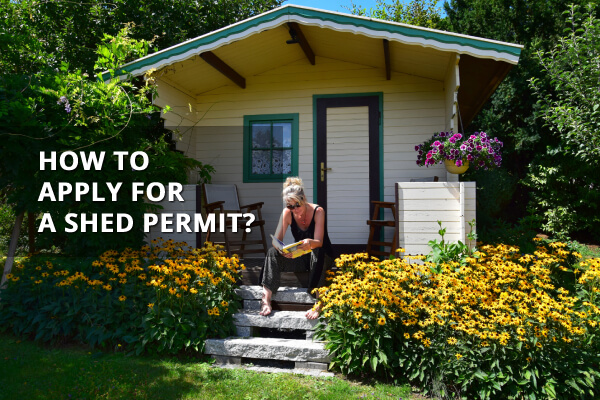
If you’ve read any of our other articles on the topic of building permits, like pool permit, or fence permit, you already know that this process is very similar for every building permit. It consists of these 4 steps:
But what about pre-build sheds, is the process the same? Let’s find out.
All the factors that dictate if you need a permit for building a shed, are the same for pre-build ones. The only difference is that you will need to obtain it before you purchase the shed.
In many cases, even the companies that will install the shed will ask you for building permits. The best course of action is to have your permission prepared before any construction work starts, in that way, you know that you will have a shed on your property in no time.
When it comes to the process of obtaining a shed permit, the application process and application fee are the same for the pre-build sheds. Also, you will probably need a permit to tear down an old shed.
In general, sheds that don’t require permits are:
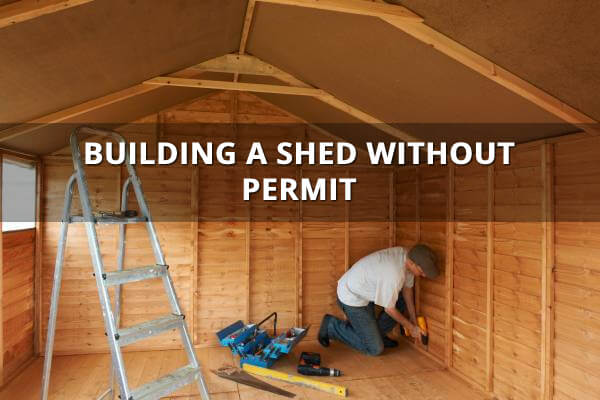
Building a shed without an approval can result in fines, demolition of the structure and even lien on your property. There is no reason for shed building without a permit because you will have to pay the fees for the permit either way. Depending on your city or county the fee can be doubled as a form of punitive measure.
The cost of a shed permit is between $50 – $250.
It takes between one week and one month to get a permit for a shed.
If you are a first-time violator the fine will be $50.000, if not it will be between $75.000 and $100.000. In some jurisdictions the fine is paid for each day of violation of building laws/zoning laws, usually it is $500 per day. There is also a potential cost of shed removal.
No, usually not. In almost all cases there is a required distance between your fence and other buildings. Also, even if your city zoning department allows it, it is not advisable. The reason is potential buildup of mold and rot growth.
Some cities have local zoning restrictions where you can only have one shed in your yard. But in most cases, there is no limit on the number of sheds (outdoor buildings). The focus of zoning laws, zoning codes and local laws is on the size and location.
The best and easiest way to get a shed building permit is by having a professionally done plot plan. In this way the members of the commission will be able to see the proposed project, distance from the neighboring structures and property setbacks.
Learn more about our contributor:

Contributing Writer | Architecture & Design Writer
During my career, I’ve written articles on interior design, home remodeling, and renovation with an emphasis on money-saving tips and DIY ideas. It’s been a rewarding journey and I am thrilled to continue helping others bring their architectural visions to life.

A well-designed patio is the heart of your outdoor living area, blending comfort, style, and functionality. Whether you have a small urban yard or a sprawling backyard, the right patio

Before a single foundation is poured or a wall takes shape, every construction project begins with one thing – a plan. But while traditional blueprints show dimensions, 3D site plans

Many homeowners start landscaping projects without realizing some require permits. A landscape permit helps ensure compliance with local codes, protects the environment, and prevents drainage or structural problems. Whether you